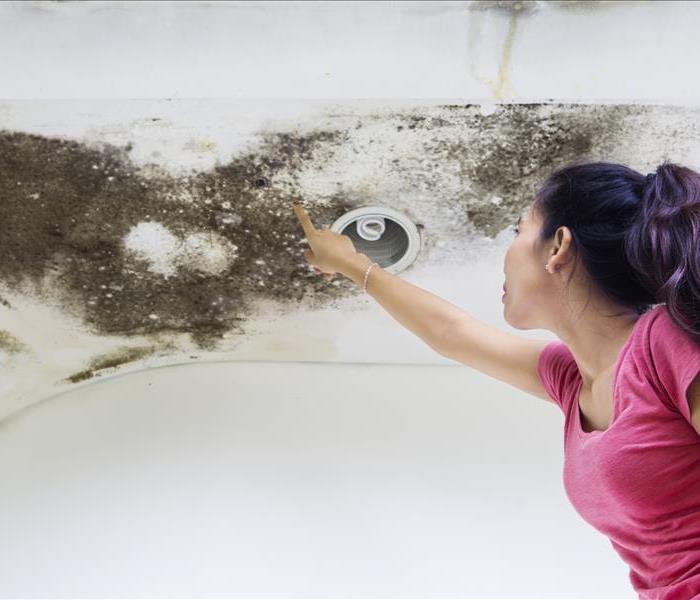Insurance Coverage Tips for Mold Remediation
3/21/2022 (Permalink)
If you smell a musty odor as you walk through the front door of your home in Clearfield, UT, it may be a sign that you have a mold problem. Fungus growth not only can be difficult to get rid of but also may cost you a lot of money by the time mitigation is done.
To further complicate matters, many homeowners' insurance policies don't fully cover mold remediation. Here are some tips on how to proceed if you suspect you have a problem.
Know Your Homeowners' Insurance Limits on Fungus Growth
One reason that it is so difficult to find a home insurance policy with mold coverage is that most growth stems from long-term water damage that has not been mitigated. To your provider, this comes across as negligence, because regular inspections and maintenance can help you avoid such a problem. Most homeowners' insurance policies only cover mold that directly results from a covered peril:
- Fire prevention measures
- Sudden and hidden attic leaks
- Extensive flooding from a pipe break
Some homeowners' policies specifically exclude mold in their coverage. This is especially common for those who live in humid areas or who have homes made from materials that are particularly vulnerable to fungus growth. If either of those factors applies to your home, it may be very difficult to file a successful claim to cover any mold remediation.
Use Detailed Reporting To Maximize Your Policy's Limits
A mold provision in your policy may only cover mitigation up to a certain dollar amount. To ensure that you are getting the most out of your coverage, be careful how you list the specific mitigation steps on your claim. Even if you have mold insurance, vague reports can use up your mold damage remediation limit in a hurry.
For example, waterlogged drywall will need to be removed and replaced regardless of whether it has mold growth on it. There may be an additional surcharge if fungus remediation is included in that process, but only the additional amount should be included under the mold clause of your policy. Make sure your claim reflects not only the tasks you're being charged for but also the specific reason for each itemized expense.
Take the Appropriate Steps To Remedy the Problem
Upon discovery of a fungus issue in your home, you should take a few immediate steps. First, call mold damage mitigation experts to get the cleanup process started as quickly as possible. Next, try to contain the affected area so that the spores don't spread. Close doors and other airways to block it off from the rest of the house. Turn off your HVAC unit or close the vents to the room to further seal it off.
It may be tempting to try to clean the moldy area yourself, but it's better to wait for the professionals. If you do anything to disturb the patch of fungus growth, you may make the problem worse. Leave it alone and wait for the technicians to arrive and assess the damage.
Mold damage to your home can be expensive to mitigate, and there's no guarantee that your homeowners' insurance will cover it. Understanding your policy and knowing the best way to deal with damage will help you minimize your out-of-pocket costs.




 24/7 Emergency Service
24/7 Emergency Service
